Gray Silkie Bantam
Gray Silkie Bantams are an enchanting and unique variation of the Silkie Bantam breed, known for their soft, silky feathers and elegant appearance. These chickens, like other Silkie Bantams, are primarily valued for their ornamental beauty, friendly nature, and excellent broodiness. With their soft, muted gray plumage, they add a touch of sophistication to any flock. Here’s a detailed look at the Gray Silkie Bantam:
Characteristics:
- Appearance: Gray Silkie Bantams have the signature fluffy, fur-like feathers of the Silkie breed, which lack barbs, giving them their trademark silky texture. Their feathers are a stunning shade of soft gray, ranging from light to dark, which gives them a beautiful, refined look. As with all Silkies, they have black skin and bones, which is a distinctive trait. Their small size, round bodies, and feathered crests make them visually captivating.
- Size: These bantams are small, weighing around 1 to 1.5 pounds when fully grown. Their small size, coupled with their soft and unique feathers, makes them ideal for ornamental purposes, pet keeping, or poultry shows.
Temperament:
- Friendly and Gentle: Gray Silkie Bantams are well-known for their calm, docile, and affectionate temperament. They are incredibly friendly and will often seek attention from their owners, making them excellent pets. Their laid-back nature makes them easy to handle, which is ideal for beginners, families, or children.
- Social: Like all Silkie Bantams, Gray Silkie Bantams are social birds and enjoy being in groups. They tend to get along well with other chickens and do not typically exhibit aggressive behavior. They are peaceful and integrate well into mixed flocks, making them a great choice for backyard poultry enthusiasts.
Egg Production:
- Moderate Layers: While Gray Silkie Bantams are not high producers of eggs, they do lay small, white eggs. On average, they produce about 100 to 150 eggs per year. Their egg production is less than that of standard chicken breeds, so they are generally kept for ornamental purposes or for their ability to hatch eggs.
- Broodiness: One of the standout traits of the Silkie breed, including Gray Silkie Bantams, is their strong inclination to be broody. They love to sit on eggs and hatch them, making them excellent mothers. They are often used in flocks to hatch eggs from other chickens or raise chicks.
Health and Care:
- Hardy: Despite their delicate appearance, Gray Silkie Bantams are relatively hardy birds. However, due to their soft feathers and lack of insulation, they are more vulnerable to cold weather and require extra protection in the winter. A warm, dry coop is essential to keep them comfortable during colder months.
- Low-Maintenance: Gray Silkie Bantams are fairly easy to care for, but their unique feathers need regular grooming to avoid matting. They are relatively low-maintenance beyond basic care like good nutrition, fresh water, and a safe environment. They are generally resilient to common poultry diseases.
- Lifespan: Gray Silkie Bantams typically live between 5 to 9 years with proper care. They can live long, healthy lives when given the right care, shelter, and protection from harsh weather conditions.
Meat Production:
- Not Raised for Meat: Gray Silkie Bantams are not typically raised for meat due to their small size and ornamental nature. They are best known for their beauty, friendly disposition, and their ability to hatch and care for eggs.
Advantages:
- Stunning gray plumage adds a unique touch to your flock.
- Friendly, docile, and easy to handle—ideal for families and beginners.
- Excellent broody hens, great for hatching eggs and raising chicks.
- Low-maintenance care and adaptable to different environments.
Disadvantages:
- Moderate egg production (100-150 eggs per year).
- Not suitable for meat production.
- Susceptible to cold weather due to their soft feathers.
In summary, Gray Silkie Bantams are a fantastic choice for those looking for a beautiful, friendly, and low-maintenance bird. Their unique gray plumage, combined with their calm and affectionate nature, makes them ideal pets, show birds, and excellent mothers. While their egg production is moderate, their ability to hatch and care for chicks, along with their ornamental appeal, makes them a favorite among poultry enthusiasts.


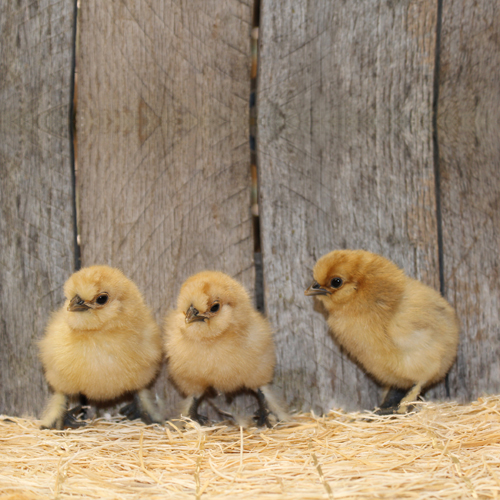
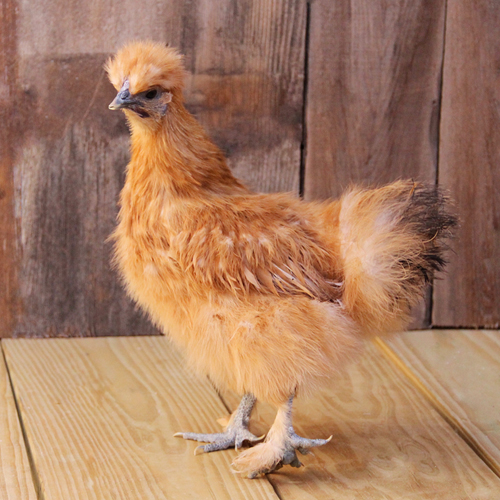
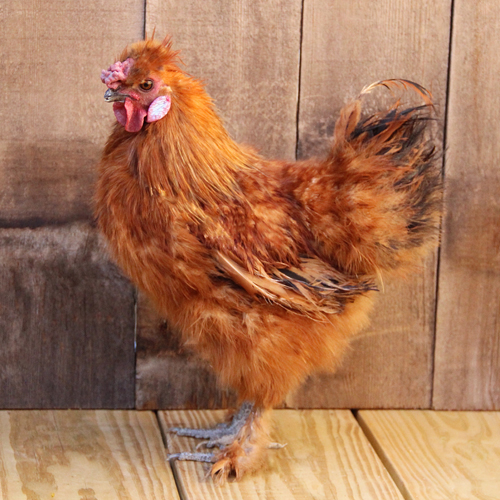
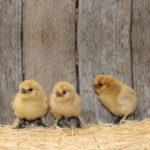
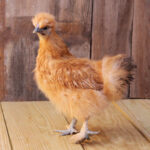
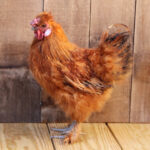
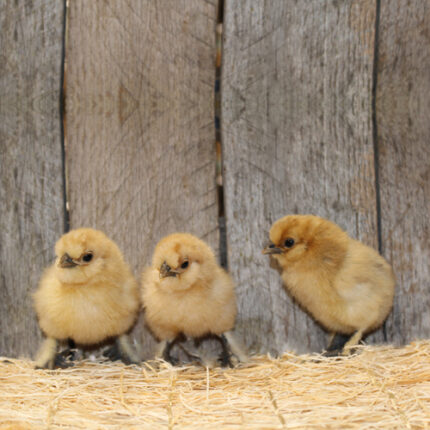



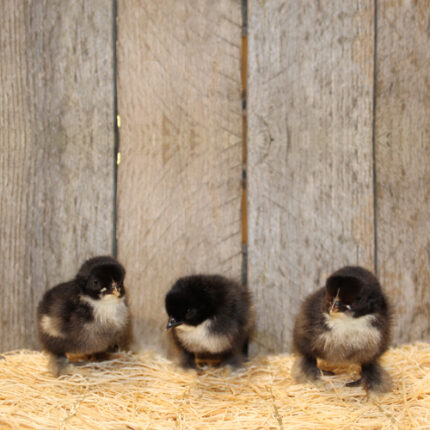
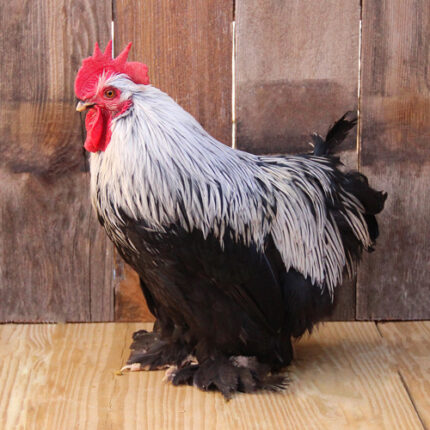
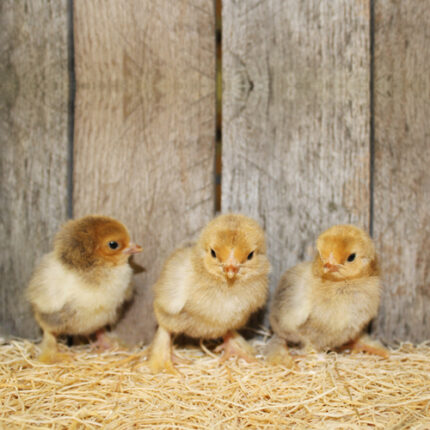
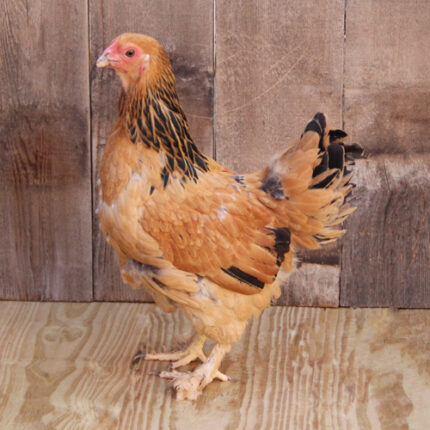
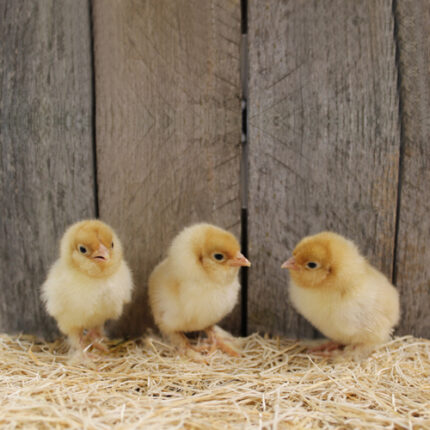
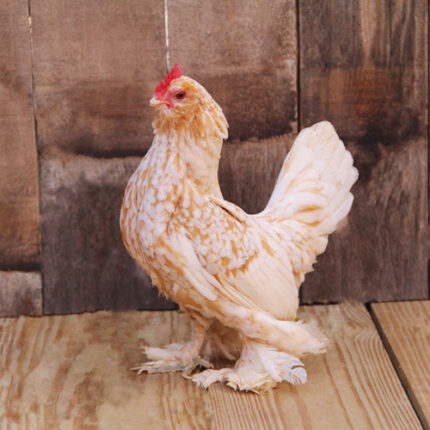

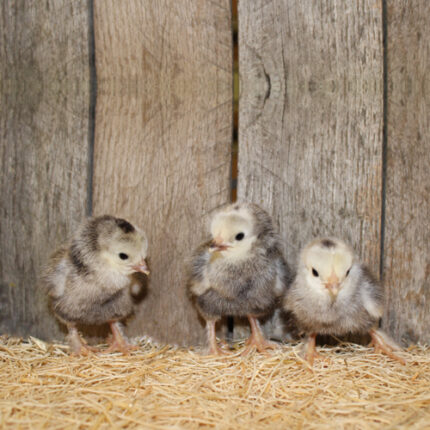
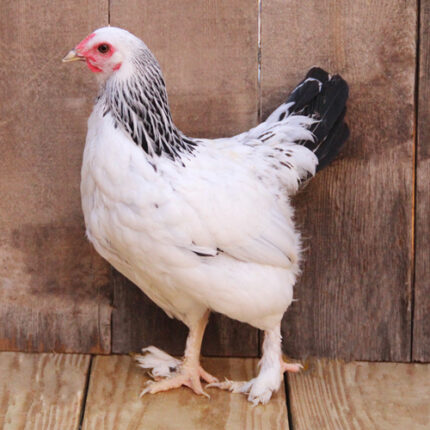
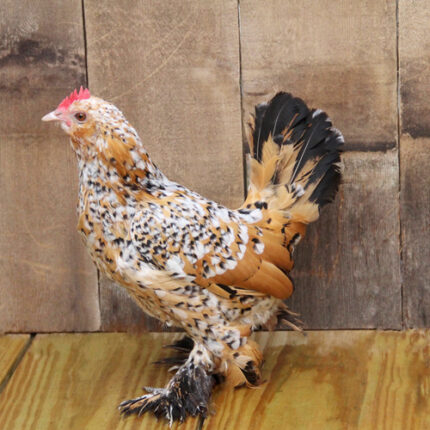
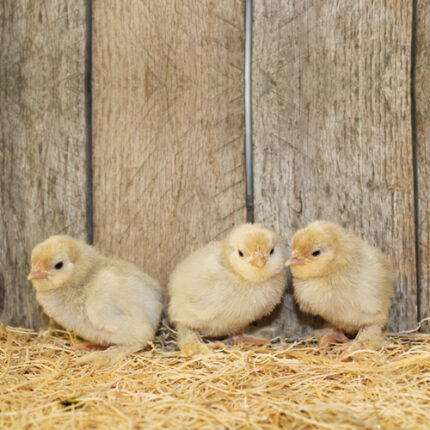
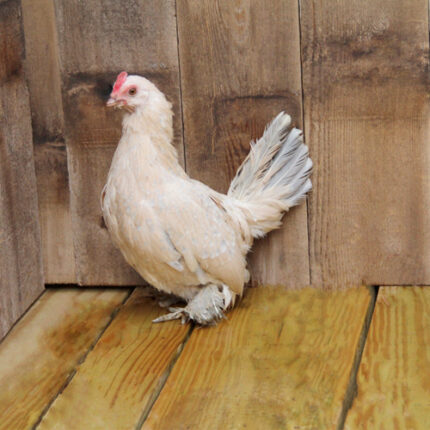
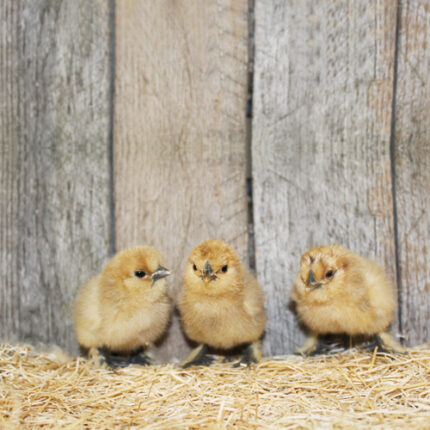
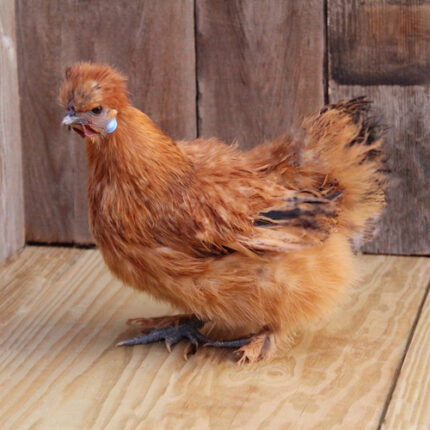
Reviews
There are no reviews yet.